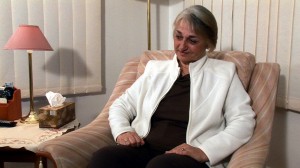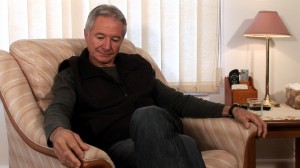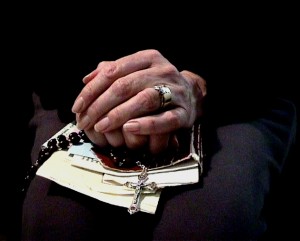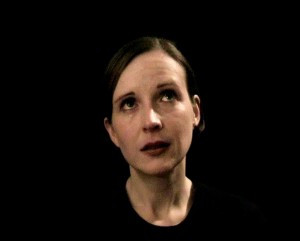Like a prayer: Kate Murphy ‘Probable portraits’
Earlier this year, a gallery at Federation Square presented a large exhibition of work by a well-known international film artist. Throughout the week, school kids shoved and tumbled like wildebeest, iPhones flashed, gallery attendants stalked and on weekends mums steered prams into the legs of skinny, beardy dilettantes, young couples drifted, older ones concentrated, toddlers squealed. It was a blockbustery, people-pleaser of a show. Critics used the words ‘clever’ and ‘inventive’ to describe the artist’s ‘astute investigations’ into identity, individuality, performance and stereotypes. Maybe clever editing and montage doesn’t get my blood pumping like it used to, because in the low-budget arts program in my mind, I gave the exhibition two (out of five) stars. I couldn’t shake a sense of the artist’s haughty attitude toward her subjects—the actors and interviewees upon whom she has relied for her own art-world celebrity.
Success in the arts is largely based on ambition. (You’ll be disappointed to learn I’m not presenting the keynote on ‘Success in the arts’ at the AAANZ conference next month. The interview was really hard and I flunked the part when they ask you to list a solitary creative achievement from that fellow with the wacky glasses on The X factor. Please write in if you know the answer.) This is not to say that careerism leads to great work, which often happens at the hands of people who are good at wasting huge amounts of time.
Probable portraits, an exhibition of six video works by Australian artist Kate Murphy is part of Shepparton Art Museum’s focused contemporary art program. The exhibition is in some ways a portrait of a serious and perceptive artist, exploring the capacity of documentary and video portraiture to reveal the latent parts of her subjects, her audience and herself.
Prayers of a mother (1999), and Yia Yia’s song (2010)—the exhibition’s earliest and most recent works, respectively—are multi-channel family portraits. Murphy brings her own immediate family together in Prayers of a mother, a piece that describes ideas no less grand than Catholic faith, doubt, and intergenerational dependency. Yia Yia’s song unites a family of first-generation Greek migrants in their heart-rending responses to the 1976 tape-recorded elegy of a mother left behind in Greece. The song itself, presented on loop in a spacious, darkened gallery at SAM, is stunning. The range of voices in this work, and the confluence of concentration, pathos, distress and amusement reflected in the faces of the participants, captures the effects of migration on individuals and communities.
Each of these two works uses the visual language of the YouTube selfie, or reality TV confessional, but, crucially, without the sense of voyeurism or imposition. In her investigations into family, God, trauma and truth, Kate Murphy deploys what I call the ‘David Attenborough approach’—one of humility and wonder.
Kate Murphy, Probable portraits, Shepparton Art Museum, Victoria, 13 September – 24 November 2013.



